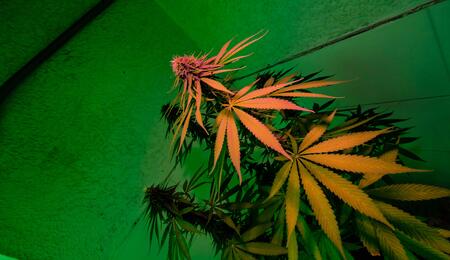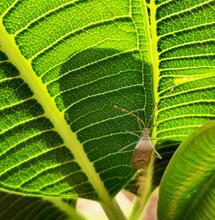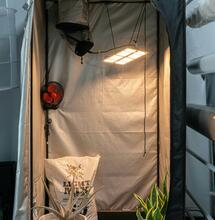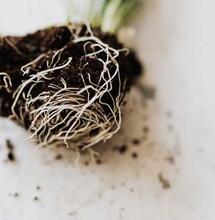How to Pick a Grow Tent

Choosing the right grow tent depends on your individual needs. A quality tent should be the appropriate size for your plants while also providing enough room for equipment such as ventilation systems and carbon filters. Although there are general guidelines, your specific requirements will dictate what you need.
Tent Size
Before selecting a tent, research your plants to understand their potential height and width, as well as the space they will require. Here are some basic guidelines to help determine the size of your tent:
- A tent measuring 48” x 24” x 60” can accommodate 3 full-sized plants or 8 small plants.
- A tent measuring 48” x 28” x 78” can fit 4 full-sized plants or 16 small plants.
- A tent measuring 4’ x 8’ x 6.5’ can host 8 full-sized plants and 25 small plants.
Keep in mind that most grow tents have limited vertical mounting capabilities, meaning equipment like air conditioning units and circulation fans may need to be placed on the floor. It's also essential to consider tent height; a tent with adjustable ceilings can help ensure that your plants do not outgrow it.
Consider Your Other Grow Equipment
You should also take into account your entire setup. Other items, such as air conditioning units and circulation fans, can occupy valuable space. Ideally, you should have more space than you think you will need rather than too little.
Placement of Your Tent
Always measure the length, width, and height of the area where you plan to place your indoor grow tent. You’ll need enough room to accommodate the tent and allow for access and maintenance around it. It’s wise to choose a tent slightly smaller than the space available to ensure easy setup and maintenance.
What About Grow Lights?
Grow tents require lighting, typically set up along the top of the tent poles. Metal poles are sturdier, while plastic ones are generally more affordable. The manufacturer's specifications will indicate how much weight the poles can support, so you can ensure that your lights are not too heavy for the tent.
Ventilation Systems
All grow tents have ventilation ports for your ventilation system. Check the type, positioning, and size of the ventilation ports to ensure they can accommodate your equipment. Dual-cinching ports are a great choice, as they prevent light from escaping and block any external light.
The type of ports needed will also depend on the growth stage of your plants. For example, mesh vents may suffice during the vegetative stage. If you plan to have separate tents for different growth stages, this is something to consider.
Always pay attention to the location of the vents on your tent, as their position can affect the setup of your ventilation system.
Durability Matters
Durability is crucial, and typically, you get what you pay for. A cheaper tent may be made from lower-quality materials and may not withstand multiple growing cycles. To ensure your tent is durable, consider the following:
- Fabric Resistance: Your tent will face heat from the lights and regular wear and tear, so it’s important to choose a sturdy option.
-Density of Fabric: Tents with densities above 1680D are among the best, but you can generally expect to find tents with densities ranging from 120D to 600D. Always aim for the strongest fabric you can afford, while ensuring that other materials are of high quality. Gaps in the fabric can negatively impact your yield, so features like zip draws and Velcro flaps are essential to prevent light leakage.
- Reflective Material: A quality reflective inner lining enhances the effectiveness of your lights. Reflective mylar with almost 100% reflectivity is the best option to avoid light leaks.
- Zippers and Corners: Strong zippers and corners affect the longevity of your tent. Ensure zippers are sturdy, lightproof, and easy to operate. Check online reviews for quality before purchasing, and opt for tents with secure corner pieces to maintain frame stability.
When choosing an indoor grow tent, take your time to research thoroughly, as everyone’s needs differ, and there are no one-size-fits-all solutions.
More From Soft Secrets:
Sustainable Cannabis: Reducing the Environmental Impact of Growing
Easy Way to Cloning Cannabis Successfully



.png)
